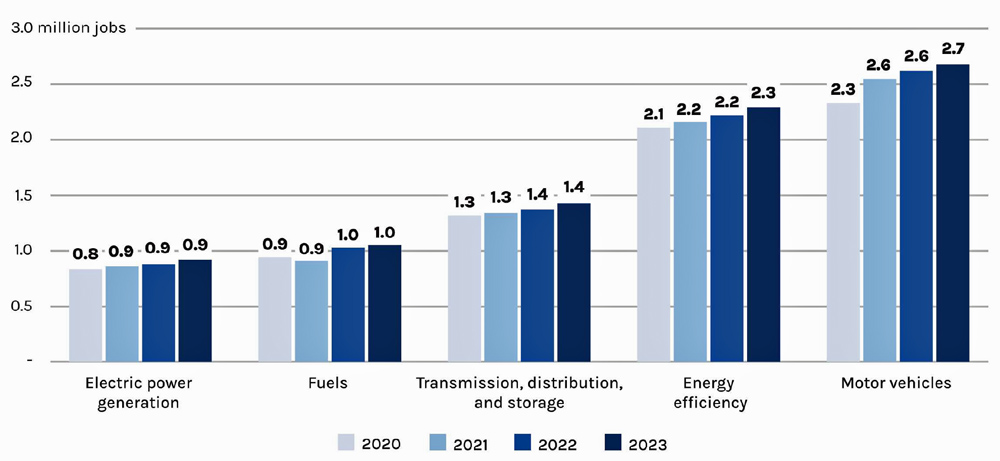Enhanced protections against uncompetitive market behavior are among several tools to ensure fair and accurate pricing under a Markets+ framework, according to an “issue alert” published Aug. 28 by 10 entities that back development of the market.
The alert is the third published in a series of seven notices intended to highlight Markets+’s purported advantages over CAISO’s Extended Day-Ahead Market (EDAM) and Western Energy Imbalance Market (WEIM). The first covered differences between how the two markets would be governed, while the second focused on reliability.
The contributing parties include Arizona Public Service, Chelan County Public Utility District (PUD), Grant County PUD, Powerex, Public Service Company of Colorado, Salt River Project, Snohomish PUD, Tacoma Power, Tri-State Generation and Transmission Association, and Tucson Electric Power.
In their third alert, the backers argued that Markets+’s “conduct-and-impact” framework ensures prices are fair and not distorted by the exercise of market power. The approach also is used in MISO, ISO-NE, NYISO and SPP’s RTO, according to the alert.
“Under this framework, a bid is mitigated if it materially exceeds an established reference level and that bid would have a material impact on market prices, absent mitigation,” the alert said. “This two-part assessment applies mitigation when needed to ensure market prices are not distorted by the exercise of market power, while providing market participants with flexibility to submit bids that reflect their own evaluation of their costs (including opportunity costs).”
Meanwhile, EDAM’s price controls are not as fine-tuned and kick in whenever there is a possibility of price manipulation without a thorough examination, according to the alert.
The Markets+ backers contend EDAM’s approach risks leading to “more frequent, and overly broad, mitigation to price levels that can be below a market participant’s actual costs.”
The parties also argue that Markets+ supports reliability and market efficiency by adopting a graduated scarcity pricing method. Scarcity pricing encourages resources to be available during tight energy conditions and helps “ensure prices reflect actual system conditions during periods of tight supply and that customers receive the benefit of the most optimal market clearing solution,” according to the alert.
EDAM, on the other hand, does not have a scarcity pricing method designed for its full market footprint, the parties said. Instead, EDAM relies on CAISO’s existing pricing method designed to handle shortfalls of ancillary services within the CAISO balancing authority area, the alert stated.
“The effectiveness of this approach is frequently undermined by extensive manual interventions that commonly occur in the CAISO BAA during scarcity conditions, including deploying out-of-market supply and emergency demand response,” the parties said. “This behavior puts inaccurate downward pressure on market prices, producing pricing results that are inconsistent with actual system conditions and limiting shorter-term and longer-term market participation incentives.”
The alert also highlighted that Markets+ uses a so-called fast-start pricing approach, a mechanism that factors the cost of starting and operating gas-fired peaking units into the wholesale market price.
Of the six FERC-jurisdictional organized markets, only CAISO doesn’t use fast-start pricing, according to the alert. (See WEIM Expert Calls for Fast-start Pricing to Address ‘Anomalies’.)
“Failing to include fast-start pricing negatively impacts Northwest and Southwest ratepayers, and impedes long-term efficiency by discouraging investment in new flexible resources and storage that could displace the use of gas peaking units in the future,” the parties said.
The parties similarly targeted EDAM’s approach to virtual bidding, noting it’s not automatically applied across the entire market but is an optional feature each BAA can adopt.
“This BAA-by-BAA approach introduces uncertainty for load-serving entities and other market participants on their ability to hedge real-time energy costs across the market footprint, potentially limiting the tools that can support market efficiency in EDAM,” the alert stated.
